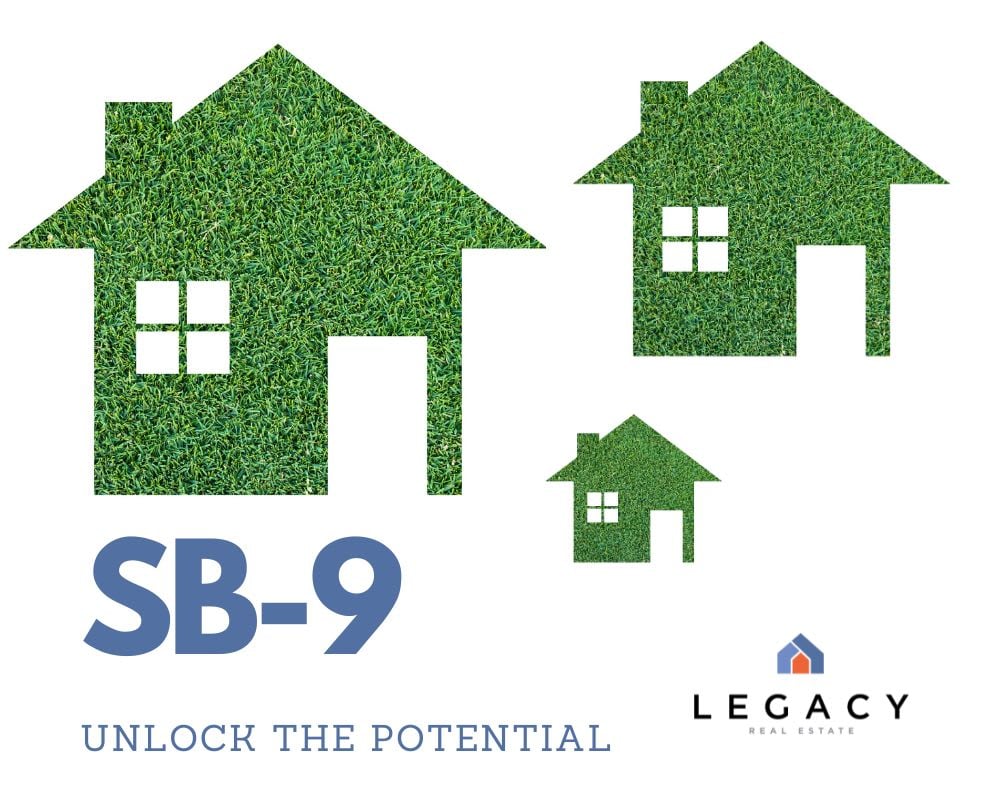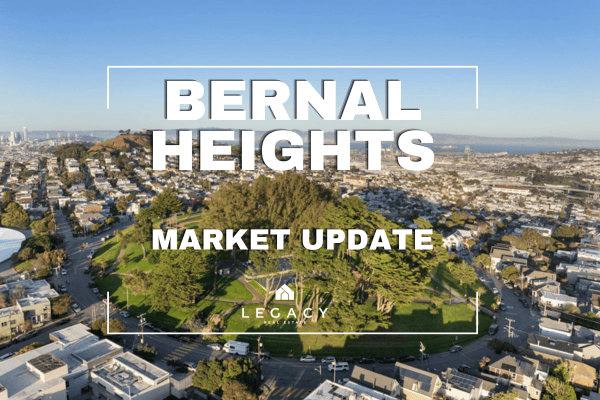Unlocking the Potential: A Handy Guide to SB-9 for San Francisco Homeowners
July 21, 2023

July 21, 2023

In the realm of real estate development, San Francisco has often been associated with its notorious complexities, frustrations, and lengthy periods at the city’s planning department. However, there is a glimmer of hope in the form of Senate Bill 9 (SB-9), a relatively new measure designed to simplify the permit approval process for lot splitting and or creating one or two additional units on a lot. This initiative breathes new life into real estate investments, offering homeowners an opportunity to maximize their property's potential while circumventing much of the red tape.
With SB-9, individuals can navigate through the intricate web of CEQA analysis and planning obstacles, divide a lot into two parcels, and construct up to two units on each parcel.
Embark on this journey with us to unravel the benefits of SB-9, empowering San Francisco homeowners to unleash the potential value of their properties and what properties qualify.
By encompassing these advantages, SB-9 creates a win-win situation for homeowners, residents, and the broader San Francisco community, fostering a more inclusive and vibrant housing landscape.
The subject lot must be located in RH-1, RH-1(D), and RH-1(S) zoning districts. If there is an existing home on the subject lot, it must have been owner-occupied or vacant for the past three (3) years.
Check here to determine your parcel’s zoning or check with your trusted real estate agent who will be able to help you. Here’s a map of RH-1 neighborhoods.
There are two options with SB-9 to use the lot split provision or to proceed with out it.
Parcels of any size are eligible for SB-9 development without a lot split, and although there are no minimum or maximum unit sizes required by SB-9, the City must allow each unit to be at least 800 square feet.
If you opt for the lot split, only parcels 2,400 sq ft or larger can be split and your design will need to assure that the smaller parcel is at least 1,200 sq ft in size.
SB-9 lot split applicants must sign an affidavit stating they intend to occupy one of the housing units as their principal residence for a minimum of 3 years.
Please note that these are not the only qualifying criteria, and we highly recommend collaborating with a city planning professional or a reliable contractor to navigate the process effectively.
Stay up to date on the latest real estate trends.

December 5, 2025
How Savvy Buyers Can Find Opportunity

December 4, 2025
In November 2025, 14 single-family homes sold in Bernal Heights.

December 1, 2025
In November, there were 19 single family and condo home sales in Pacifica. Closed listings range in price from $520K to $1.65M.

November 19, 2025
Legacy Real Estate Blog | November 2025
You’ve got questions and we can’t wait to answer them.